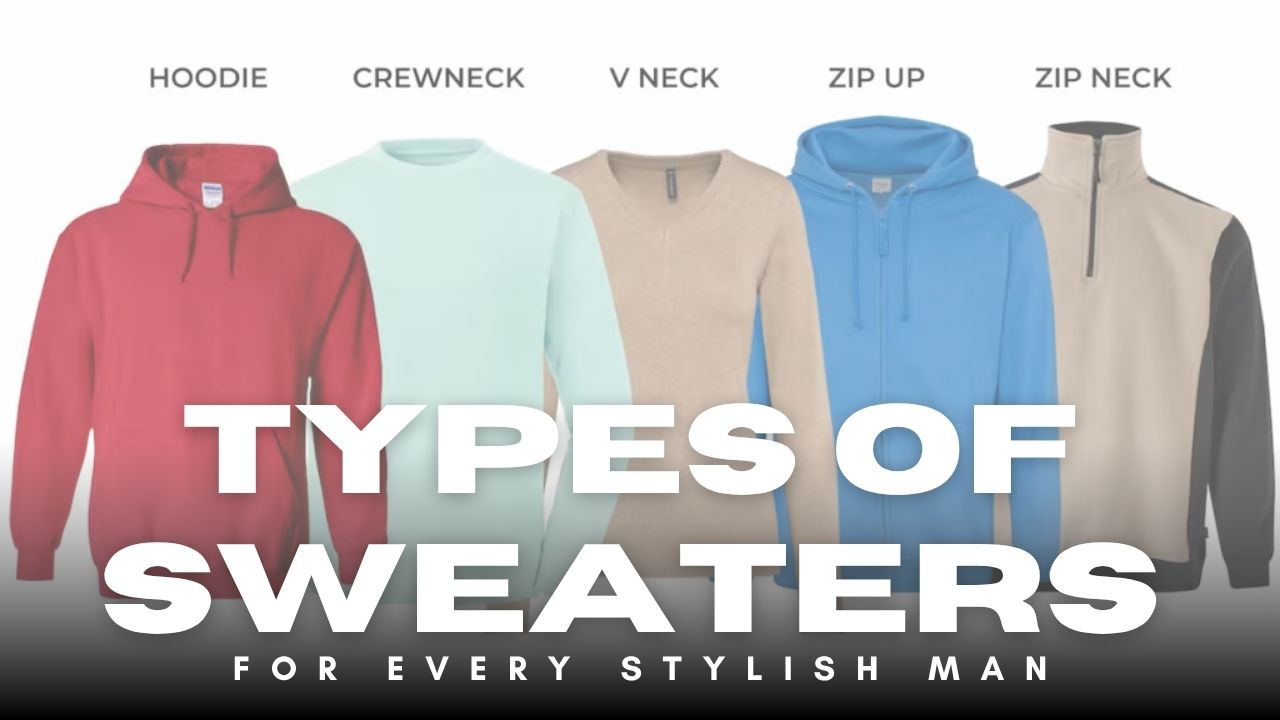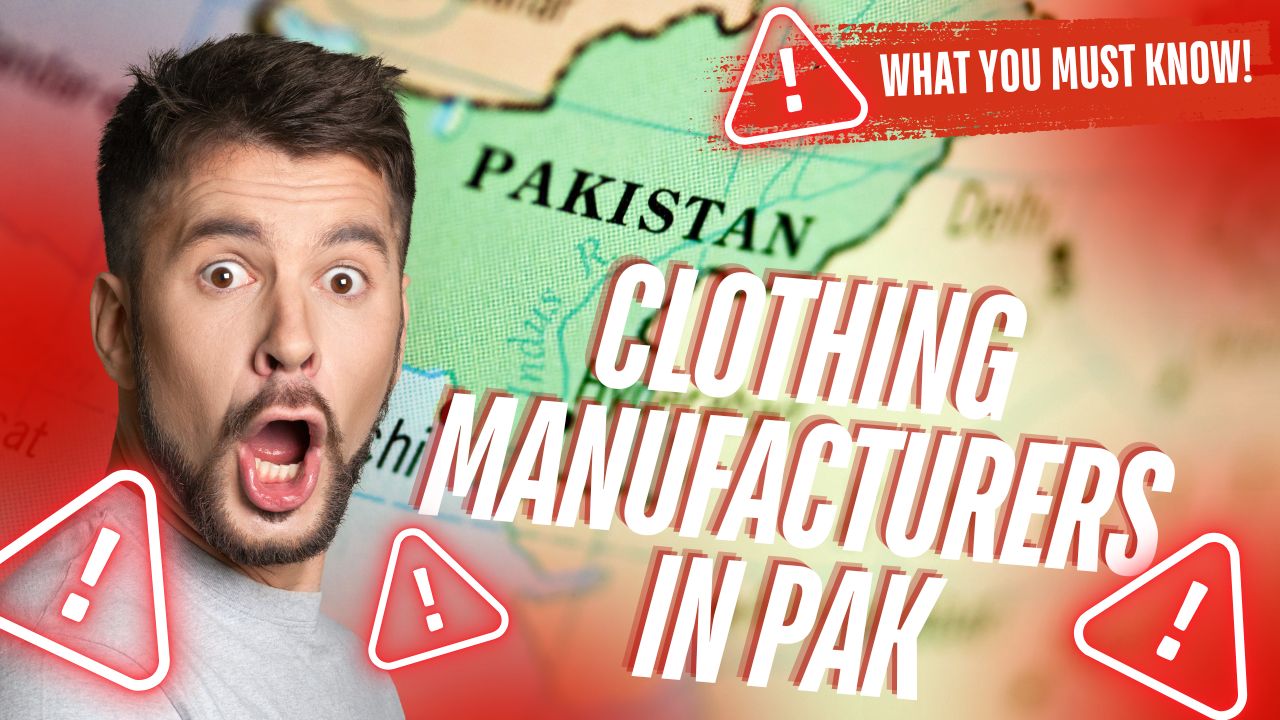Entering the Fitness Clothing Line is more than just creating cool gear—it’s about having the right mindset and deep understanding of evolving fashion trends. When I began designing my own line, I looked closely at successful brands like Fabletics, lululemon, and Alo Yoga, all of which set high standards in the thriving athleisure market. With the demand for stylish, comfortable, and practical activewear constantly rising, especially products like sweatshirts, hoodies, polo shirts, and everyday wear, it’s clear that wellness—both mental, physical, and spiritual—is shaping what consumers seek. The shift in global habits is powerful; people worldwide now view functional apparel as a priority. With the market projected to hit $221.3 billion by 2026, and expected to grow from $338.48 billion in 2024 to $716.05 billion by 2032, the opportunity for launching a fitness line has never been more promising—or more profitable. As someone who’s navigated this space, I can say the journey blends creativity with strategy, and the key lies in aligning with the multi-dimensional needs of today’s global audience, all while planning for long-term expansion.
Start Your Fitness Clothing Line: 5 Highly Effective Hacks
Research your niche, choose quality materials, find reliable manufacturers, create a standout brand, and market through influencers and social media to grow fast.
Decide Where to Source Your Products
Finding the right wholesaler was one of the most essential steps I took when I started my fitness clothing business. A trusted supplier not only helped me maintain The pricing is competitive and also guarantees access to high-quality products. materials for printing. If you want to print your brand logos on clothing, it’s smart to choose wholesale directories or attend tradeshows where you can meet reliable partners. These places are full of opportunities for building real connections and learning from others in the industry.
Through referrals and being active in small networks, I started identifying the kind of suppliers who treat their clients with respect and honesty. Managing operations in a cost-effective way is about more than just numbers—it’s about creating a strong relationship with the people who help produce your product. These experiences taught me the power of smart sourcing, and how crucial it is to have support that matches the quality and vision of your line.
Bring Your Designs to Life
Once you have a clear vision for your fitness clothing line, the next step is to let your creativity flow and begin crafting designs that truly represent your brand. Whether you’re drawn to streetwear with bold expressions and bright colors, or lean toward yoga apparel that reflects minimalistic styles and earthy tones, your choices should always align with your audience and their preferences. Think about the lifestyle and energy your future customers bring—and design pieces that speak to that. When I started, I realized how much power there is in staying authentic to your aesthetic, rather than copying trends unthinkingly.
To make your collection feel real before launching, use tools like the Catalog to explore different sports options that match your aesthetic. I personally used the Product Creator to Upload my custom graphics and generate realistic mockups. It allowed me to preview exactly how each piece would look in real life, which was a huge help in making final adjustments to refine the collection. This process not only saved me time and money, but helped ensure everything was polished and ready for the spotlight.
Building a Brand Identity That Resonates
Your fitness brand should have a clear identity that speaks directly to your target audience. From day one, I knew that creating a brand wasn’t just about selling products, but about shaping a vision that truly represents my values. A compelling story and a meaningful purpose can turn your clothing line into something special that your customers connect with. I made sure my idea had a unique selling point—something different from other sports businesses. Whether you want to support a cause or stand for something real, communicate it clearly, especially on your About page, so your shoppers feel something emotionally and not just visually.

Naming your business can feel challenging, especially with the pressure to find the perfect one. I followed simple guidelines that said a name should clearly describe your brand, be easy to remember, and resonate with your gym apparel vibe. I took time to brainstorm ideas, test out different logos and color schemes, and made sure the availability of the company name was clear in my state to avoid disappointment. Before investing money in a sleek logo or online store, I checked that it wasn’t already registered or unavailable.
Getting your legal setup right is just as important as your design. I worked with a licensed accountant to sort out my tax situation and get everything squared away. When choosing the right structure, I had to decide between a sole proprietorship, where I would own and operate the business as an individual, or an LLC, which gave me protection from personal liability through pass-through taxation. Setting up a bank account to separate my professional and personal finances, and making sure I had all the right licenses and permits, was crucial. Since regulations vary by state, I used the U.S. Small Business Administration website to check the requirements. Missing even small operating steps could get your business fined or even shut down.
Build a Strong Online Presence
When I first launched my fitness apparel brand, creating an easy and smooth shopping experience was my top priority. I started with an online store that was clean, well-built, and easy for customers to browse and check out without confusion. I focused on optimizing the order flow using customizable apps and smart integrations to build a streamlined process. These tools helped manage returns and made it easier to increase sales and expand my reach. A strong online foundation gave me the confidence to grow and keep return customers coming back.
Over time, I took a more strategic approach by thinking about how to maximize brand flexibility and truly stand out in a competitive world. While I was an independent designer just starting, I could still connect with local markets by considering a physical storefront too. Whether online or offline, having a presence that reflects your identity is everything. From small touches like layout and messaging to where you choose to market, each choice helps strengthen the brand. If you get these parts right, your store becomes more than a product hub—it becomes an experience.
A Successful Marketing Strategy
When I began my fitness apparel business, I quickly learned that a strong marketing strategy is just as important as having a quality product. From crafting engaging Instagram posts to experimenting with viral TikTok videos, I found that staying on top of trends and producing relevant content made a big difference. Running ads helped increase visibility, while using platform-specific tools let me grow my reach and directly connect through social media platforms.
I made sure to optimize my eCommerce shop for search engines and focused on linking my online store with all my active platforms. This boosted traffic and gave customers an easy path to browse and buy. I also took the time to regularly analyze data, study the competition, and adapt to shifts in the market. By tracking new trends in clothing manufacturing, following key influencers, and learning other competitors, I gained useful insights that helped me make smarter decisions.
Knowing your customer is key. I spent time understanding their preferences, shopping habits, and online behaviors. This allowed me to create a collection that truly resonates with my consumers, something they could see themselves wearing and enjoying. All of this came together when I was finally launching my brand, and it helped the products land well with the right people.
But before that, I focused on drafting a detailed plan. Staying organized helped me plan for the future and build a scalable model. A well-structured business plan allowed me to apply for loans with confidence—banks looked at it to assess how much I could borrow and whether I’d be approved. I included every key part: product analysis, organizational structure, target descriptions, sales approach, budget, and projected earnings. I wrapped it up with an executive summary so investors and lenders could quickly get an overview of my brand’s potential for success.
Strategic Collaboration for Brand Growth
Collaborating with the right people can be a powerful way to grow your fitness brand. Early on, I partnered with influencers, instructors, and coaches who had loyal following and understood how to promote products through real-life use and storytelling. Their endorsements helped increase recognition and reach as they naturally started incorporating my gear into their daily routines. This strategy is especially effective for sportswear-focused apparel lines, because today’s consumers rely on trusted voices for both style and performance inspiration.
In the world of streetwear, I learned that leveraging internet culture and tapping into different subcultures is absolutely crucial. I started connecting with fashionistas, underground musicians, and even gamers who already had the attention of my customers. These relationships helped me establish my brand within their circles, which gave the collection more credibility.
We offered custom clothing items that fit their vibe—t-shirts, hoodies, and snapbacks that not only looked good but also reflected their personalities. Every piece was designed to provide something unique while still maintaining the essence of the brand. Giving them something they could truly enjoy wearing made all the difference, and those early collaborations are what helped set my brand apart.
Start Selling Activewear
Before selling activewear, it’s important to have a strong understanding of your target audience and their needs. I started by doing detailed research into the kind of workout clothes my potential customers were looking for. Once I had a clear picture, it became essential to partner with a reliable production and fulfillment company that could meet my standards. This helped ensure that my brand consistently delivered the quality customers would expect.
Being active and truly passionate about sports, fashion, and culture gave my gym clothing line the chance to stand out. I shared the same enthusiasm and interest as my audience, which made the brand feel more authentic and desirable. That emotional personal touch allowed me to attract loyal customers who didn’t just like the product but connected with it on a deeper level.
Strong Benefits of Fitness Clothing for You
Wearing the right fitness clothing improves movement, reduces injury risk, and keeps your body temperature regulated.
It boosts motivation by helping you feel confident and ready to perform at your best.
Moisture-wicking, supportive fabrics enhance comfort, allowing you to train longer and recover faster.
FAQ Launching a fitness apparel brand from the ground up—especially if you're planning to design and sell products in a physical store—can demand hundreds of thousands of dollars in startup capital due to manufacturing, inventory, and retail setup costs. However, starting an online fitness clothing line can be far more affordable. By partnering with a POD provider like EXPRESS STITCH INDUSTRIES, you can eliminate the need for large upfront investments. They’ll handle production, giving you flexibility and a cost-effective way to enter the market. Yes, a fitness clothing brand can be highly profitable—especially when built with a smart strategy. Sellers who focus on niche markets and emphasize sustainable materials often see strong returns. Success typically hinges on factors like product quality and having a unique selling point, both of which are crucial for standing out in today’s saturated market. As activewear demand continues to rise, having a compelling brand story can truly elevate your business. A clear message helps your label shine in the competitive clothing industry, drawing in loyal customers and distinguishing your brand from the crowd. To successfully sell workout clothes, focus on building a strong social media presence. Capture attention with high-quality visuals of your sportswear on Instagram, and create fun, relatable TikTok videos that highlight your brand’s personality and product benefits. Go beyond just promotion—share valuable content across different platforms to engage your audience. From styling tips to behind-the-scenes looks at your brand, the more you connect, the more interest you’ll generate in your fitness apparel.
What Are the Costs of Starting a Fitness Clothing Line?
Is Running a Fitness Clothing Brand Profitable?
What’s the Best Way to Sell Workout Clothes?








Leave a Comment
Your email address will not be published. Required fields are marked *